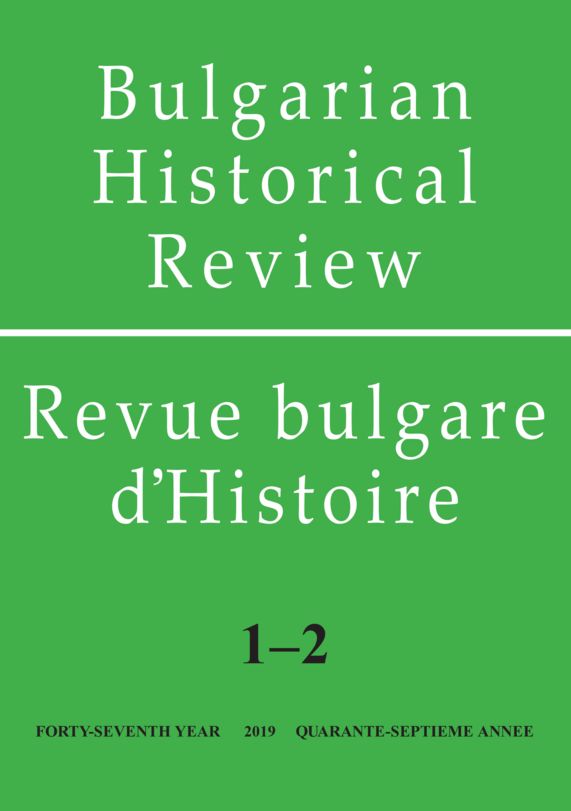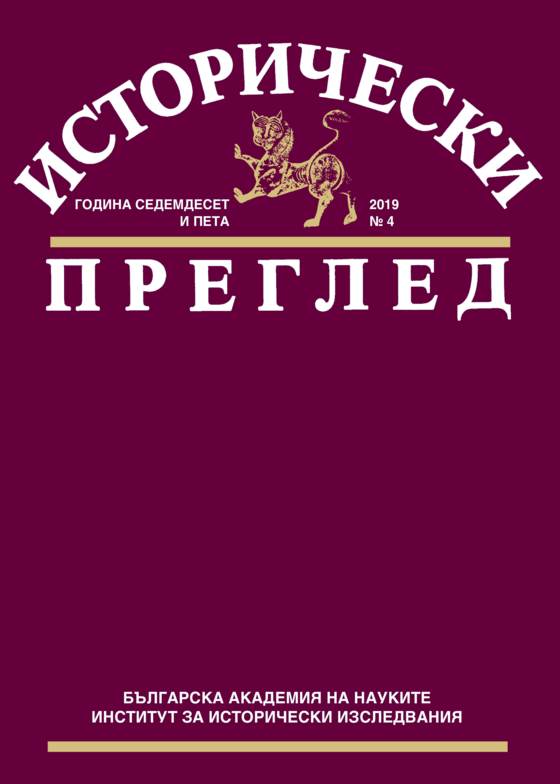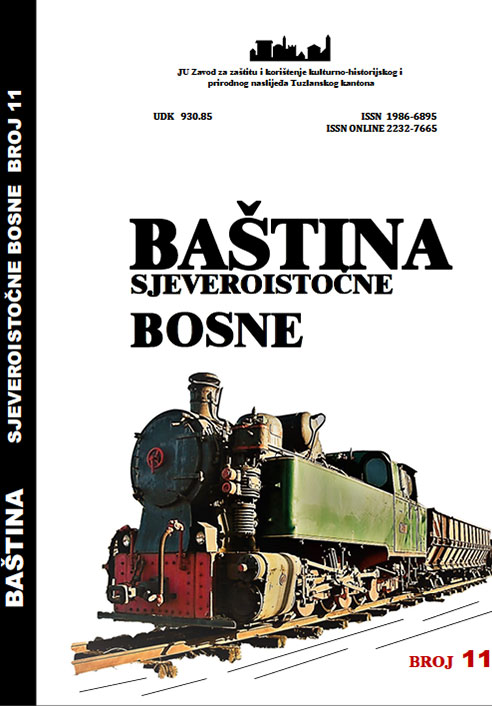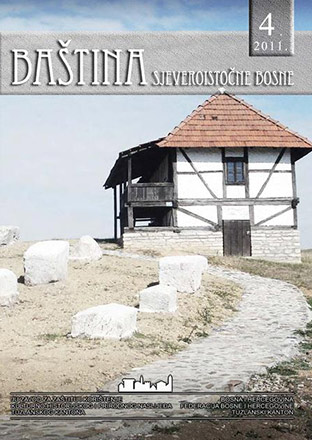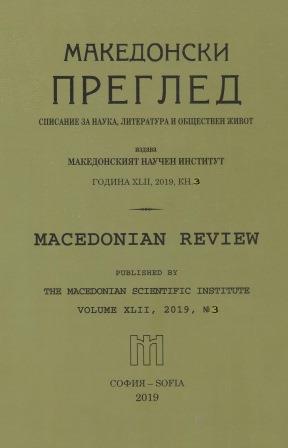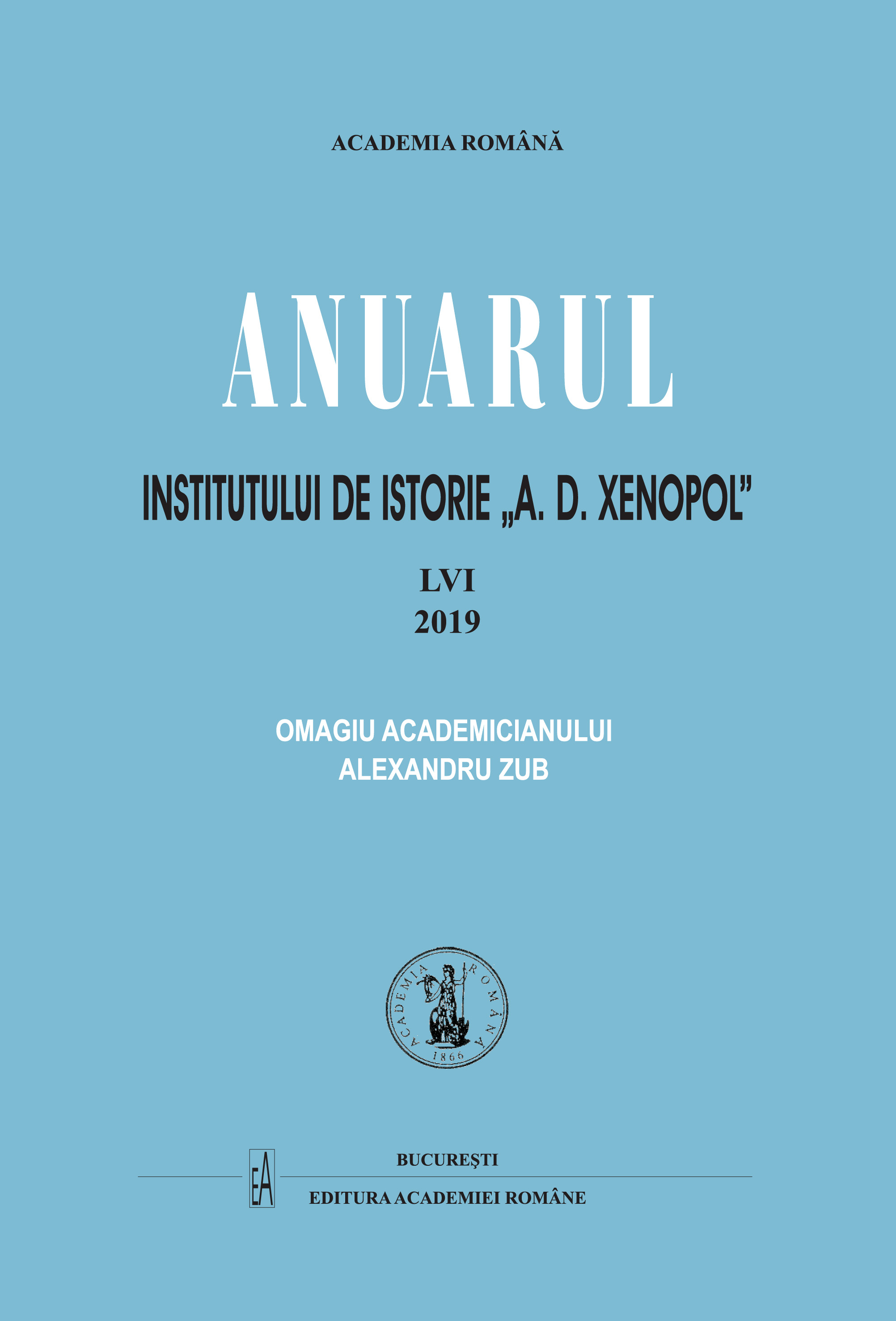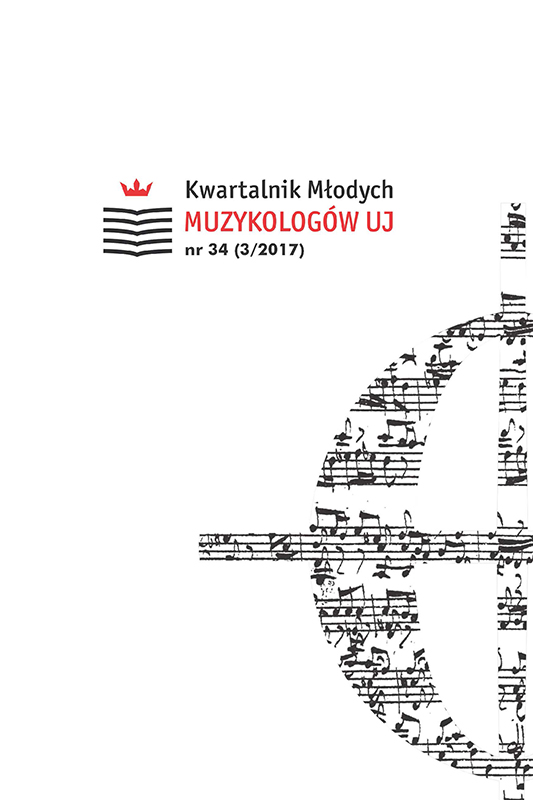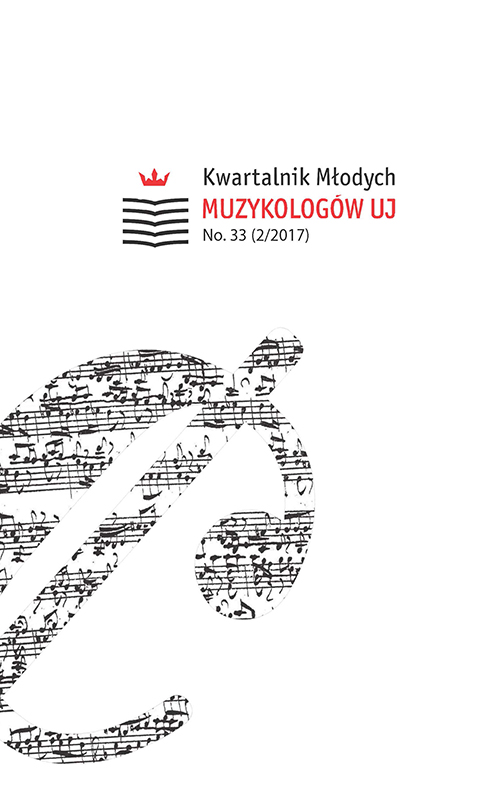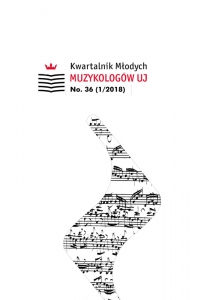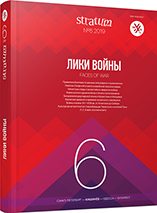
Влияние османского завоевания 1475 г. на культуру жителей Южного Крыма (по материалам керамических комплексов конца XV—XVI вв.)
A successful campaign led by the Grand Vizier Gedik Ahmed Pasha to the Crimea in 1475 brought new territories to the Ottoman Empire — the Southern Taurica and the eastern edge of the Kerch Peninsula, which previously belonged to the Genoese and the local principality of Theodoro. This event, as well as new political and economic realities, had a significant impact on the material culture of the local population. Substantial changes also occurred in the ceramic assemblage. According to the written sources of the first half of the 16th century, pottery manufacturing in Taurica, particularly in the Ottoman province Kefe (former Genoese Caffa), also persisted. However, archaeological data tell about disappearance of glazed pottery, inherent for the previous epoch. In the Ottoman period, the new forms and decorations of vessels, more common for the central regions of the Porte, prevailed among ceramic utensils used by the local inhabitants. At the same time, import from other lands of the Empire became a significant part of the Crimean ceramic assemblage too, especially in the early years of the Ottoman rule. Among them, there are ordinary courseware and glazed tableware, which came in significant amounts. For the first time, changes in ceramic assemblages, which occurred after the catastrophe of 1475, are analyzed on the basis of the materials from well-dated archaeological contexts of the end of the 15th — beginning of the 17th centuries, from various archaeological sites of the Crimea.
More...
